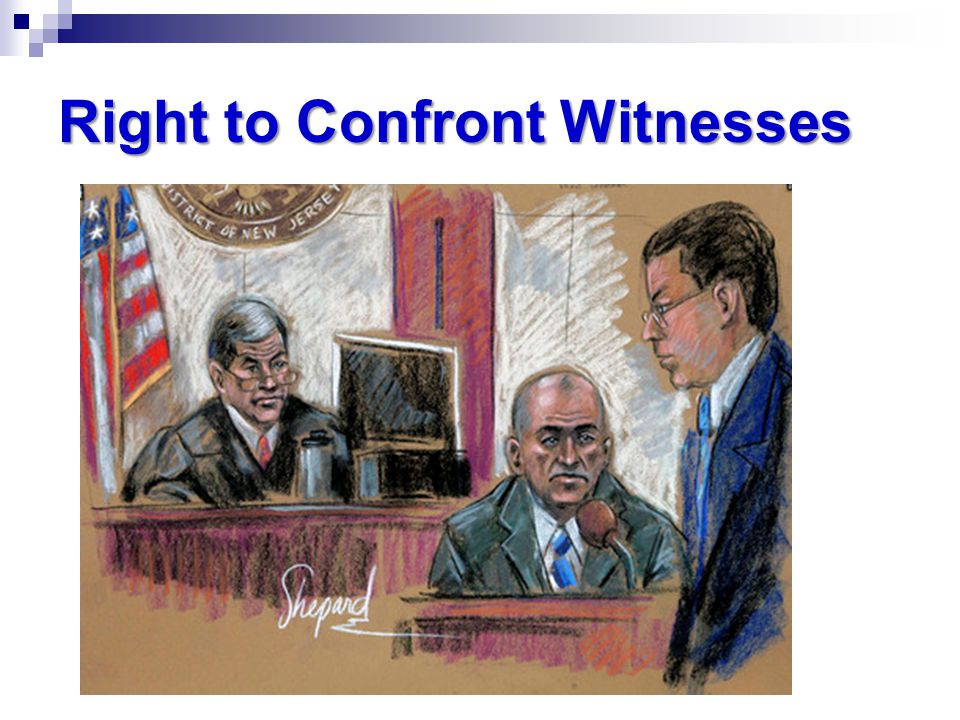
In State v. Kee, the WA Court of Appeals held that words alone are not sufficient to make a defendant the primary aggressor in an altercation.
BACKGROUND FACTS
The State charged Ms. Kee with the second degree assault of Mr. Ostrander based on an
incident on August 1, 2016. Kee punched Ostrander in the face and broke his nose.
Apparently, they exchanged words when Kee was walking down the street playing her radio loud. Eventually, they engaged in mutual combat by hitting each other back and forth several times. Although Ostrander struck Kee in the face several times, Kee’s final blow to Ostrander broke Ostrander’s nose.
The case proceeded to a jury trial. Kee’s defense was self-defense.
At trial, the State proposed a first aggressor jury instruction. Kee objected to the instruction, arguing that it was not supported by the evidence presented at trial. The trial court disagreed and gave the following first aggressor jury instruction:
“No person may, by any intentional act reasonably likely to provoke a belligerent response, create a necessity for acting in self-defense and thereupon use, offer or attempt to use force upon or toward another person. Therefore, if you find beyond a reasonable doubt that the defendant was the aggressor, and that [the] defendant’s acts and conduct provoked or commenced the fight, then self-defense is not available as a defense.”
The jury found Kee guilty of second degree assault. She appealed on arguments that the trial court erred because its jury instruction denied her the ability to argue her theory of self-defense. Specifically, Kee argued there was insufficient evidence to justify a first aggressor jury instruction because words alone do not constitute sufficient provocation.
COURT’S ANALYSIS & CONCLUSION
Ultimately, the Court of Appeals agreed with Kee. It held that although sufficient evidence supported the first aggressor jury instruction, the trial court nevertheless erred in giving the jury instruction without also instructing the jury that words alone are not sufficient to make a defendant the first aggressor.
The Court reasoned that generally, a defendant cannot invoke a self-defense claim when she is the first aggressor and provokes an altercation. Also, a first aggressor jury instruction is appropriate when there is credible evidence from which a jury can reasonably determine that the defendant provoked the need to act in self-defense.
Nevertheless, the Court of Appeals also reasoned that although there was evidence of a physical altercation, their interaction started with a verbal altercation. Therefore, the evidence supported a finding that Kee’s words, rather than her physical acts, first provoked the physical altercation.
“By failing to instruct the jury that words alone are insufficient provocation for purposes of
the first aggressor jury instruction, the trial court did not ensure that the relevant self-defense legal standards were manifestly apparent to the average juror,” said the Court of Appeals. “Moreover, the trial court’s instructions affected Kee’s ability to argue that she acted in self-defense.”
Accordingly, the Court of Appeals reversed Kee’s conviction.
My opinion? Good decision. I’ve conducted many jury trials involving defendants who acted in self-defense to assault allegations. Under the law, self-defense is an affirmative defense to assault charges. In my experience, prosecutors combat a defendant’s self-defense theories by trying to prove the defendant was the primary aggressors. If successful, then the jury cannot consider whether the defendant acted in self-defense. The “aggressor “juror instruction exists to nullify, circumvent and/or defeat a defendant’s self-defense claim.
State v. Kee is pertinent to the issue of whether words alone exchanged between two participants who willingly fight each other – whether words alone – allow the jury to decide if the defendant was the primary aggressor. Of course not! By themselves, words are not enough, and the Court of Appeals agreed. Indeed, words can be quite motivational for people to engage in mutual combat similar to the parties in State v. Kee. And by the way, mutual combat is lawful because Washington imposes no duty for either party to retreat from a fight.
Please contact my office if you, a friend or family member are charged with a crime. Hiring an effective and competent defense attorney is the first and best step toward justice.
















